GMDSS
GMDSS, the Global Maritime Distress and Safety System, is an internationally mandated set of procedures, equipment, and communication protocols designed to enhance maritime safety and rescue operations. It integrates various communication technologies, including satellite and terrestrial systems, to ensure rapid alerting of shore-based rescue coordination centers in emergencies. GMDSS equipment onboard vessels includes distress beacons (EPIRBs), VHF radios, MF/HF radios, and satellite communication terminals. By providing distress alerting, search and rescue coordination, and maritime safety information dissemination, GMDSS plays a pivotal role in safeguarding lives at sea and facilitating efficient rescue operations worldwide. Compliance with GMDSS regulations is mandatory for all seagoing vessels, contributing significantly to maritime safety and security.


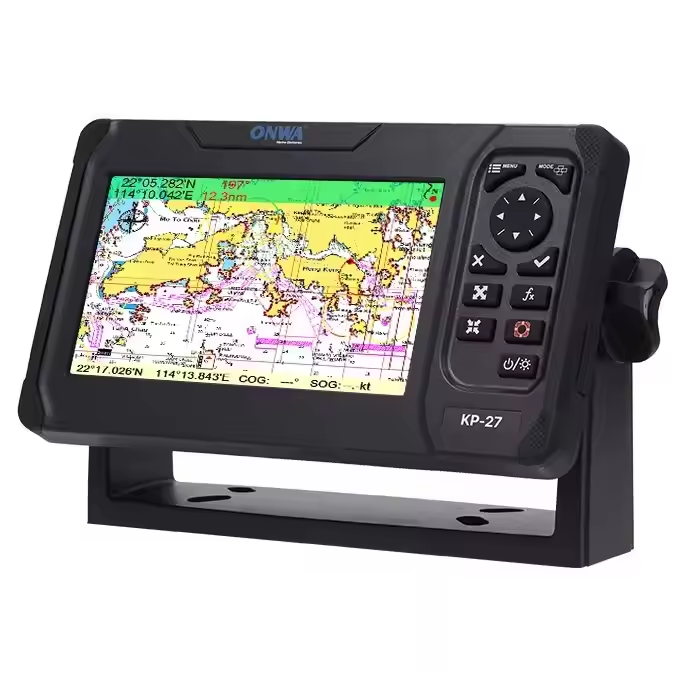
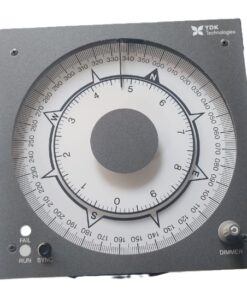
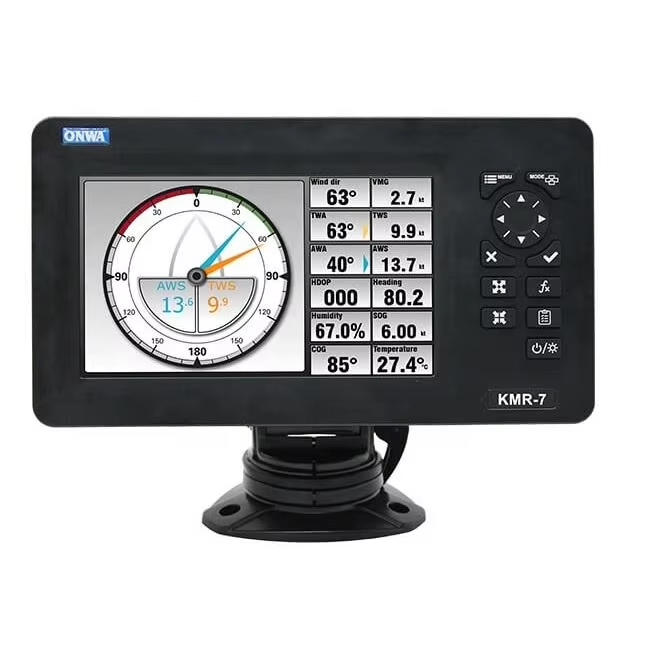
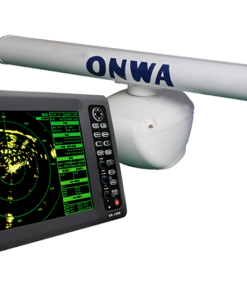
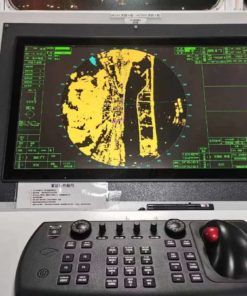

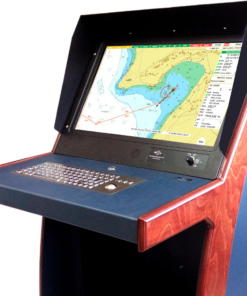
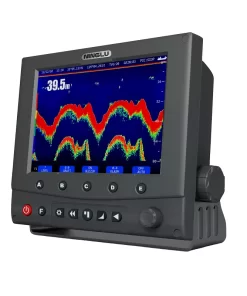
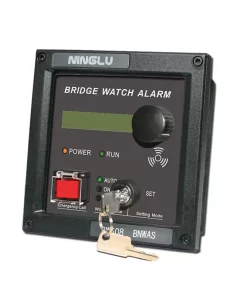

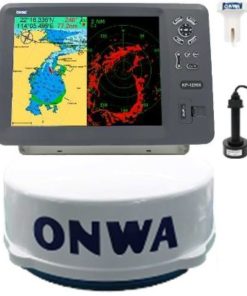
Latest Products
YDK Technologies MKN020 Gyro compass connection box
AED 3,960.0Original price was: AED 3,960.0.AED 2,850.0Current price is: AED 2,850.0.Onwa KM-8X 5-in-1 Marine Bundle Set Radome – GPS, Chartplotter, EchoSounder, AIS, Radar
8-inch GPS Chart Plotter with AIS and Radar
Onwa KM-8A (BUNDLE) 8-inch Color TFT LCD GPS Chart Plotter with Class B+ AIS Transponder MFD [BUNDLE]